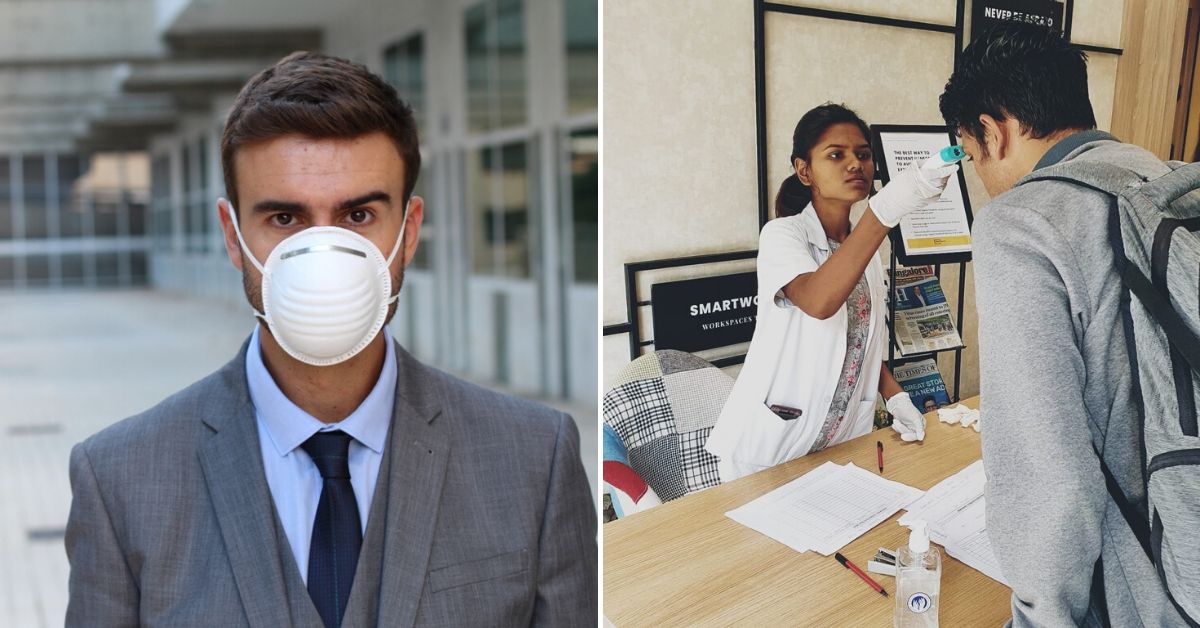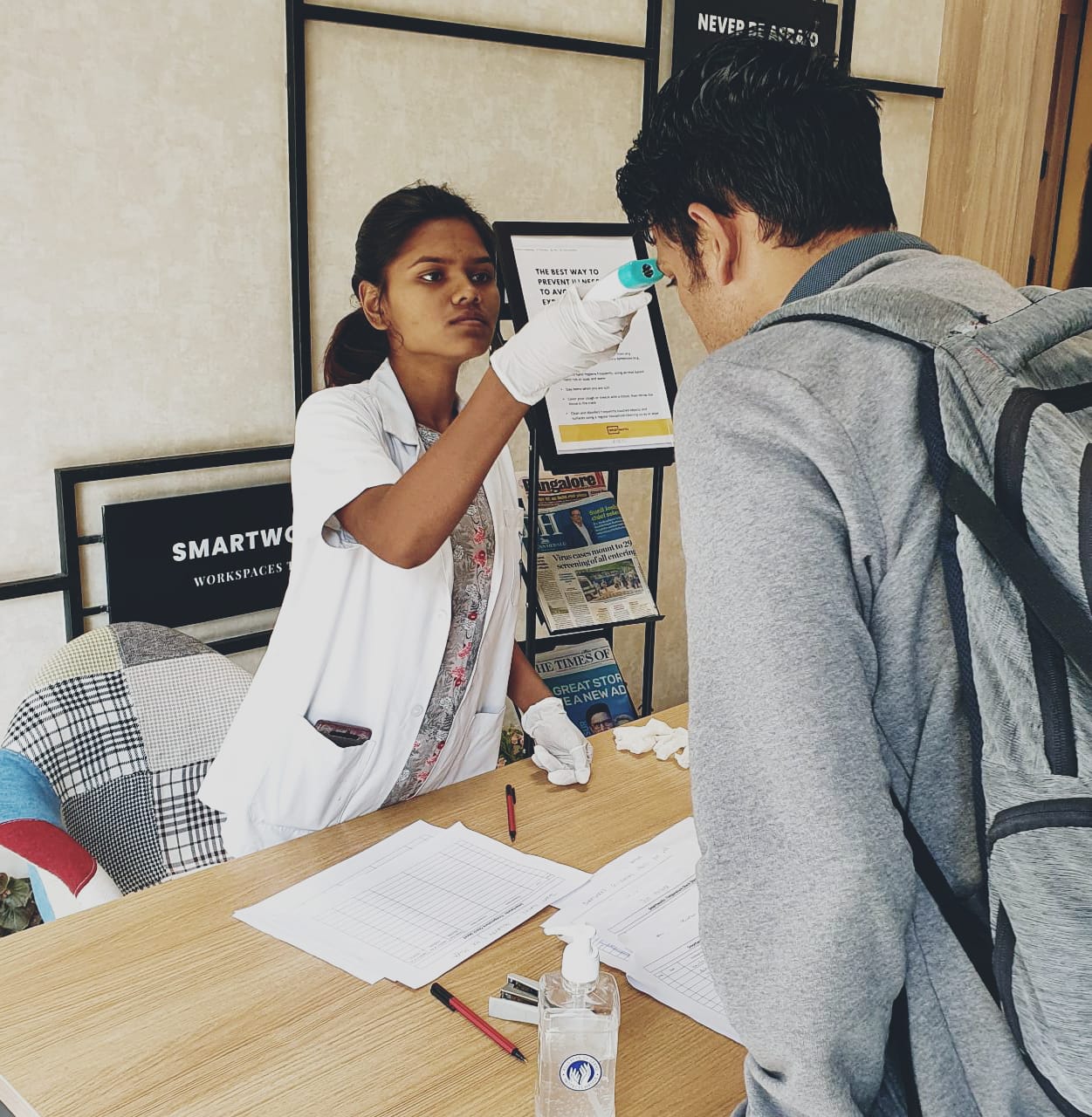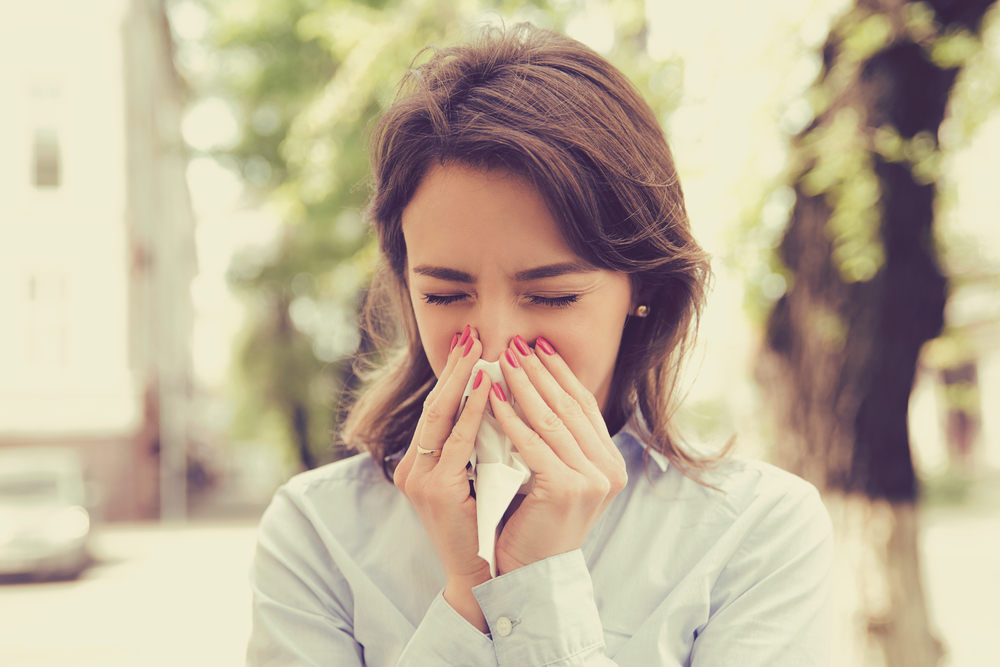Coronavirus: 6 Crucial Indian Govt, WHO Guidelines for Your Home & Office
From sanitising stations to fumigation, every precaution is crucial for a safe, infection free environment.

In 2010, the Government of India (GoI) released guidelines to control airborne diseases in healthcare and other settings. These guidelines were focused on tuberculosis prevention but are equally applicable when it comes to other airborne infections.
We have curated a set of precautionary measures as recommended by the GoI and other major institutions like the WHO to ensure your office and home are safe places in these scary times.
1. Conduct a facility risk assessment and rethink the use of available spaces

Your premises must be well-ventilated, and as far as possible, the ventilation must be natural. Conduct risk assessments to identify weak spots in the premises- such as the traffic of employees or visitors.
Also, proper disinfection stations should be stationed in crowded areas (more on that later).
“Separate, well-ventilated waiting areas for respiratory symptomatic should be made available wherever possible… Waiting areas should be decompressed and moved out of poorly ventilated corridors,” suggest the GoI guidelines.
2. Ventilation to control airborne diseases
Fresh air can dilute airborne particles (like droplet nuclei) in the room.
“Improved ventilation in health-care facilities is essential in preventing [the] transmission of airborne infections and is strongly recommended. Better ventilation lowers the risk of transmission of TB and other airborne infections,” states the Ministry of Health & Family Welfare, India.
They further explain that if re-circulating air conditioners must be used, install an exhaust fan in the reverse direction to force fresh air inside the room.
3. Establish hygiene stations in convenient areas
These stations must have masks and sanitisers. The soap dispenser in bathrooms needs to be designed in a way that soiled hands do not touch them.
With the sanitisers and masks also comes the responsibility to mention how to use them. Put these instructions on a clear display.
“Practice good hand hygiene protocols to avoid exposure to droplets, infected blood and body fluids, contaminated objects, or other contaminated environmental surfaces. Hand hygiene consists of washing with soap and water or using alcohol-based hand rubs containing at least 60% alcohol. Soap and water [are] best for hands that are visibly soiled,” says the Occupational Safety and Health Administration (OSHA), USA.
4. Inform your employees and visitors
Spreading information is a crucial step to undertake during an airborne epidemic, especially when it comes to diseases like coronavirus, where the symptoms are not too serious (symptoms include fever, headache, cough, breathing difficulties), people should be aware.
Inform people about the 20-second hand wash rule, about how they must avoid touching their mouth, eyes and nose and other precautionary measures to take.
“Maintain at least 1 metre (3 feet) distance between yourself and anyone who is coughing or sneezing. When someone coughs or sneezes they spray small liquid droplets from their nose or mouth which may contain the virus. If you are too close, you can breathe in the droplets, including the COVID-19 virus if the person coughing has the disease,” recommends the World Health Organisation (WHO).
5. Guidelines for people showing symptoms of airborne diseases

The WHO recommends you stay home if you are unwell and showing signs of airborne diseases. This will protect other employees in your workspace. In such cases, make sure you inform the office admin so they can take quick, adequate measures to protect other employees of the area. At all times, follow the essential cough and sneezing etiquettes (doing it in a tissue and disposing of it properly and immediately). If you are coughing or sneezing, make sure you wear an N95 mask to not let droplets risk the health of those around you.
6. Disinfection and fumigation
Your workplaces and home need to be thoroughly disinfected and fumigated to ensure a hygienic environment. In workplaces, make sure the furniture, windows and doors are wiped clean with a reliable disinfectant. Fumigate premises after work hours. In such times, delay renovation or construction works.
If any employees are showing any symptoms of an airborne disease, inform those who work with them. Disinfect their belongings and fumigate their room/cabin.
Also read: What’s Killing Our Lakes & Rivers? This IISc Professor Reveals The Answer
(Edited by Gayatri Mishra)
Like this story? Or have something to share? Write to us: [email protected], or connect with us on Facebook and Twitter.
If you found our stories insightful, informative, or even just enjoyable, we invite you to consider making a voluntary payment to support the work we do at The Better India. Your contribution helps us continue producing quality content that educates, inspires, and drives positive change.
Choose one of the payment options below for your contribution-
By paying for the stories you value, you directly contribute to sustaining our efforts focused on making a difference in the world. Together, let’s ensure that impactful stories continue to be told and shared, enriching lives and communities alike.
Thank you for your support. Here are some frequently asked questions you might find helpful to know why you are contributing?


This story made me
-
97
-
121
-
89
-
167













